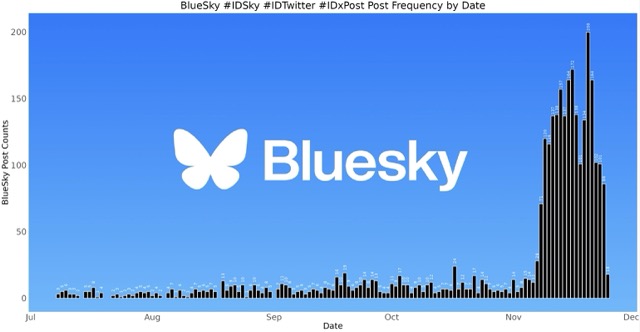
Have you tried 🦋’s Mute? 🤫 It’s Life Changing 🧘
The mute feature on BlueSky has been super helpful for filtering out posts I’m not interested in seeing. Just adding a few words to my mute list has made my feed much more enjoyable to browse. 🦋

The mute feature on BlueSky has been super helpful for filtering out posts I’m not interested in seeing. Just adding a few words to my mute list has made my feed much more enjoyable to browse. 🦋

#IDSky Community, we’re onto week 3 and still going strong!

How’s #IDSky doing on week 2? Pretty great! We’re seeing steady posts worldwide, strong US-UK participation, and even outpacing Twitter metrics. The ID community isn’t just dropping by - they’re making BlueSky their new digital home.

This is one way of creating an anonymous poll using poll.blue

BlueSky combines customizable filters, an ad-free experience, and free API access for data analysis. Here’s a simple guide to help you navigate the platform and connect with the #IDSky community.